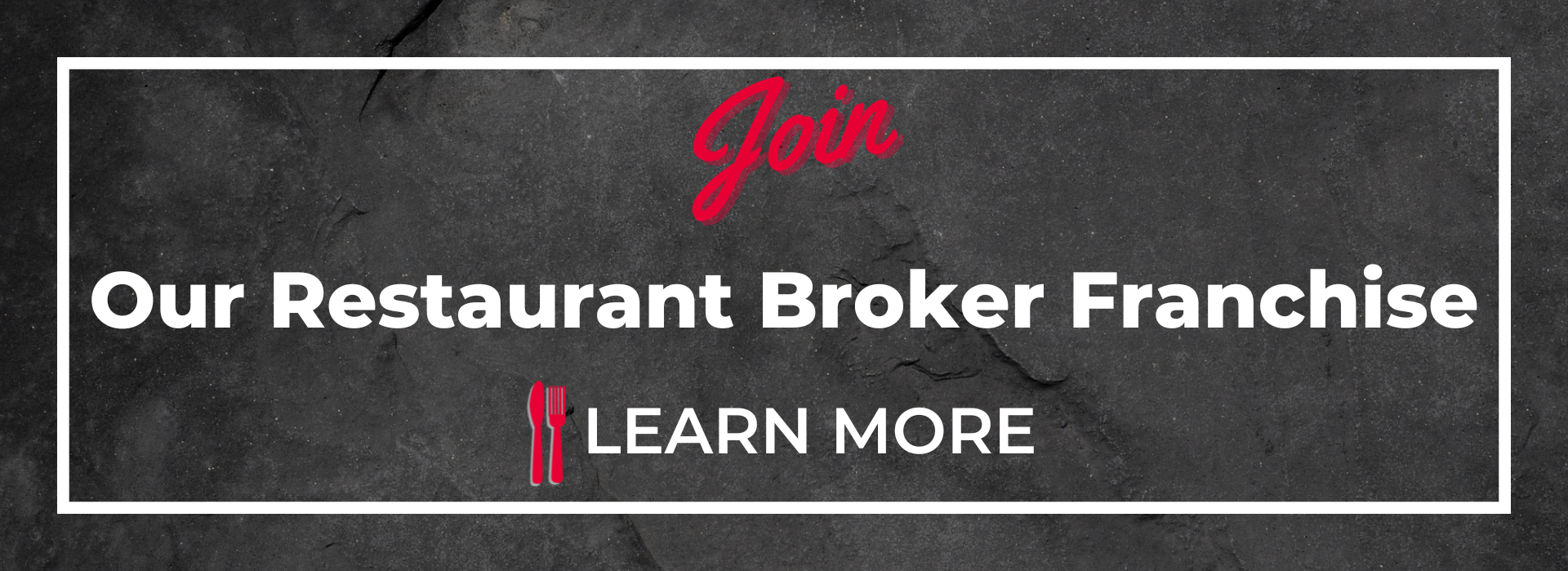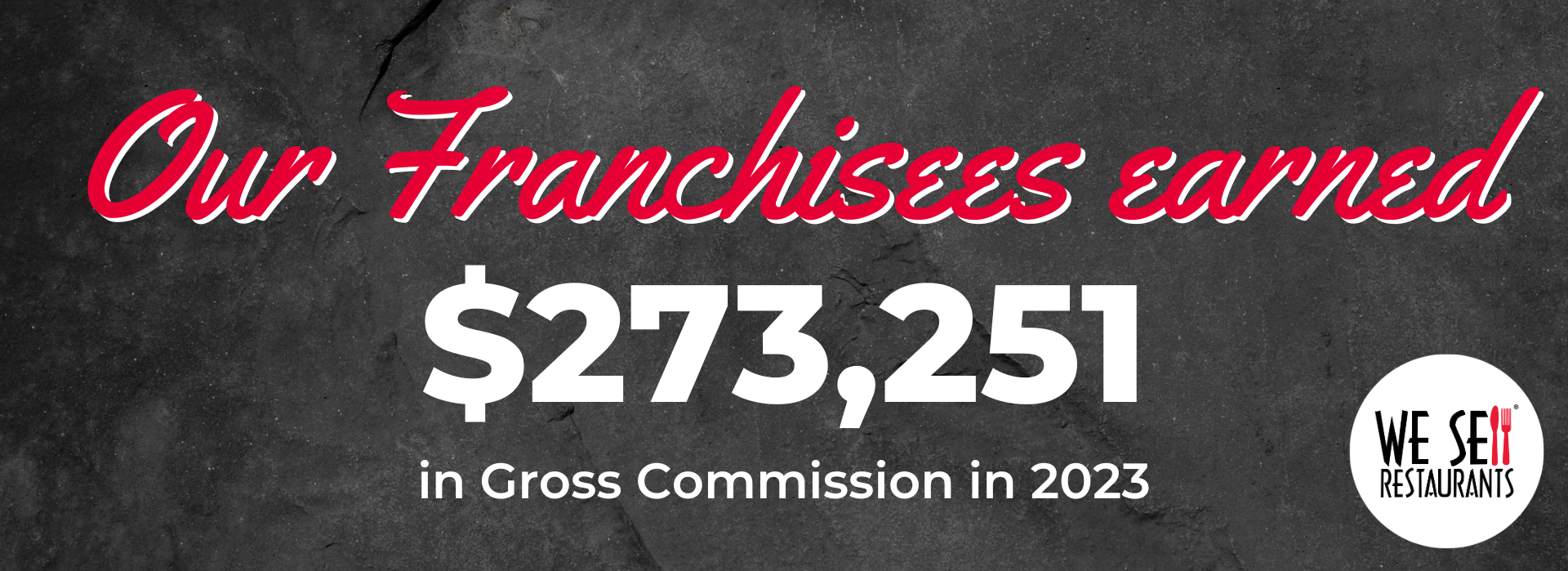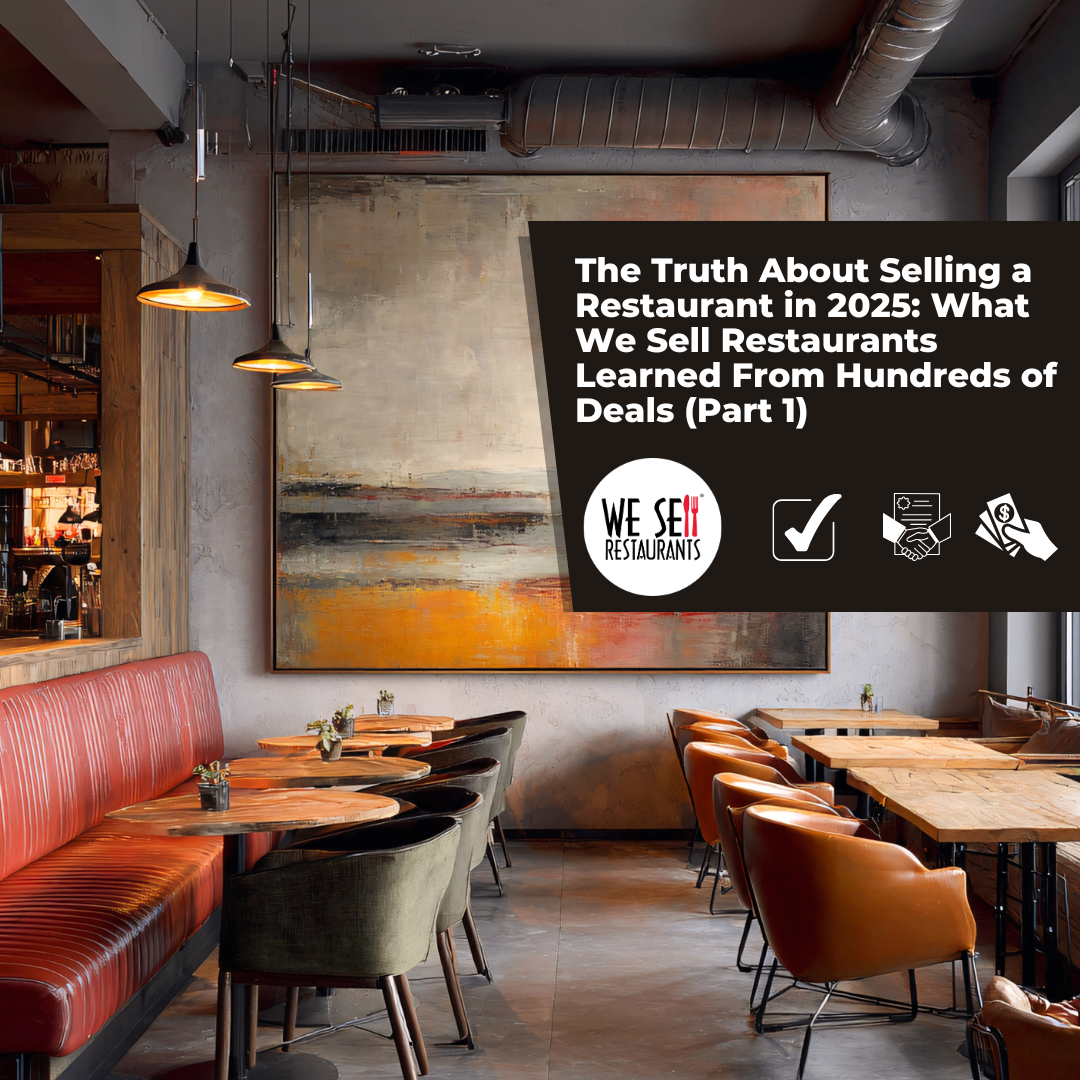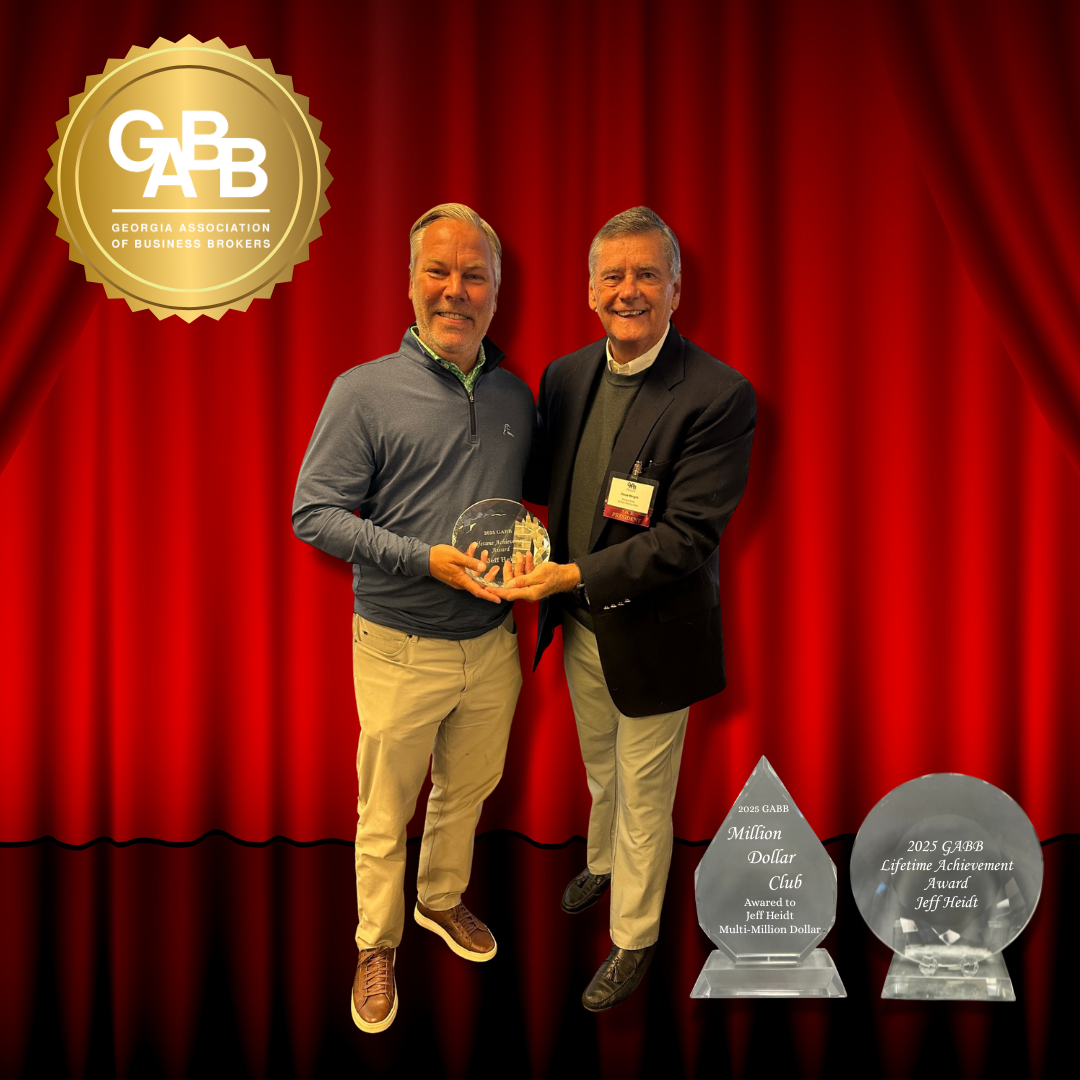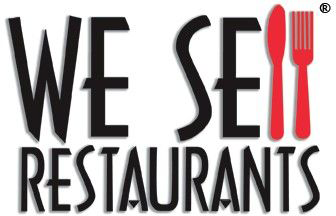If you are selling a restaurant, one of the most important elements of the listing is the equipment list. This is literally what the buyer is paying for at closing. Getting the equipment list correct is key to not only selling the assets of the business but providing legal protections for the buyer and seller. Unfortunately, like other chores, it’s often the least favorite part of any seller’s job and its importance can be missed by a buyer.
Certified Restaurant Brokers like those at We Sell Restaurants understand the critical nature of the equipment list and help those selling or buying a restaurant to avoid these seven deadly mistakes. After all, there are legal implications for getting this step wrong. The last thing you want is an attorney or buyer reach out weeks or months after the restaurant sold with challenges related to the assets they acquired. Here are the seven deadly mistakes those buying and selling a restaurant must be aware of.
- “Loaned” equipment: Including restaurant equipment you do not own on the list of assets is deadly mistake number one. Instances of this are abundant in deals we’ve seen with inexperienced brokers in the driver’s seat where Coke fountain, Coffee machines or reach-in soft drink coolers routinely end up on the equipment list. These are examples of equipment that is not owned but “loaned” by the merchant.
Vendors routinely allow the use of these pieces of equipment if you are using their product. However, if the new buyer should switch from Coke to Pepsi, he should expect that the equipment that was “yours to use” to be claimed by the vendor who will re-use this asset in another store. - Affixed Items: Listing items which strictly defined, are “chattel” or owned by the landlord once they have been affixed to the property is deadly mistake number two. This occurs when general business brokers are unfamiliar with the restaurant space and don’t realize that once installed, these items are effectively attached to the landlord’s property and cannot be removed.
Standard examples are walk in coolers, vent hoods with Ansul fire suppression systems or in- ground grease trap. These can’t be relocated by a buyer and while they are necessary to operate a restaurant, they cannot legally convey to another buyer. - Landlord’s Property: Listing items owned by the landlord is the third deadly mistake. It is not unusual for a landlord to have title to the equipment in a restaurant. This can occur when a prior owner defaults on a lease and the landlord takes possession of the assets. Inexperienced brokers will often include items that are clearly defined in the lease as the landlord’s property. If someone else holds title, like the landlord, it cannot be “re-sold” to another buyer.
This is an easy thing for an experienced Certified Restaurant Broker® to uncover by carefully reviewing the lease and its exhibits. Equipment owned by the landlord will be listed clearly on an exhibit or addendum on the lease. If nothing is listed, the landlord cannot really claim title, outside of the items permanently affixed like the hood or walk in cooler.
→Read Also - Selling a Restaurant – 10 Things a Restaurant Broker Does to Get to Closing
- Leased Equipment: The difference between leased equipment and “loaned” equipment is that leased equipment is subject to a rental agreement charged monthly for the item. Examples of leased equipment can include the point of sale or POS system, or vehicles used by the store. When selling a restaurant, it’s important to indicate that these assets will or will not transfer in the sale properly. If you include them on the equipment list and the contract also states that assets will convey free and clear of any encumbrances, the seller will be in a position where he will have to “pay off” the lease and transfer the asset to the buyer at closing. That’s a costly lesson if you are selling a restaurant and didn’t realize you have to come up with extra cash at closing.
- Failure to Inspect Equipment: Another deadly mistake for buyers is failing to inspect the assets of the business. Most contracts allow for an inspection or due diligence period. Every buyer should take advantage of this time to have major equipment reviewed by an expert. This should always include the commercial refrigeration and HVAC since these are high ticket items to repair or replace. An experienced restaurant broker will be able to recommend a resource locally who can provide this service for a few hundred dollars, a much less costly investment than several thousand after closing to repair or replace inoperable kitchen equipment.
- Failure to Verify Equipment: It is the responsibility of the buyer to verify that the equipment listed is everything necessary to operate the business and it’s included on the list of assets. If the famous “Shrimp fry” served on Friday nights requires four fryers and the equipment list only includes two, the seller may be able to remove two prior to closing. Schedule a time during the due diligence to be sure that all onsite equipment required to operate the business is listed on the assets that convey at closing. This should be a schedule attached to the contract.
- Including Equipment that Doesn’t Work: Sellers including equipment that doesn’t work is deadly mistake number seven. If the oven is serving as nothing but storage, don’t include it on the assets and better yet, remove it before listing the business. The buyer is within his rights to ask for all equipment to be in working condition and failure to simply pull something off the line you don’t use and doesn’t work can cost a seller money at closing which is why this ends up on the seven deadly mistakes you don’t want to make on your equipment list when selling a restaurant.
There are other examples, but these are the seven most deadly mistakes you can make when putting together the equipment list for selling a restaurant. There is one other scenario that should be mentioned however and that is doing any type of closing on a bill of sale without an identifiable asset list.
We Sell Restaurants recently assisted in a sale where the seller had previously purchased the restaurant without an equipment list at all. When he came to us to sell the assets, he could not prove title to the property. We quickly located a buyer and had a deal ready to go but this had to be resolved. In this case, the landlord asserted that they owned all the equipment. While we ultimately negotiated a deal with the landlord and the bank to overcome this issue, it nearly killed the deal. Unlike buying a single item, like a car, a bill of sale is not sufficient for a business closing. A list of assets or equipment list must be part of the closing document.
In conclusion, when compiling your equipment list for selling a restaurant, avoiding these seven deadly mistakes is paramount to a smooth and successful transaction. Diligently examine every item on the asset list, ensuring accuracy and transparency. By carefully identifying what is owned versus what is leased, affixed, or included, you can avoid pitfalls associated with closing and safeguard yourself against potential disputes in the future. A comprehensive and accurate equipment list not only facilitates a seamless sale but also establishes trust and confidence between the buyer and seller.
→Read Also - Selling a Restaurant: Why Your Equipment List Matters
 Robin Gagnon, Certified Restaurant Broker®, MBA, CBI, CFE, is the co-founder of We Sell Restaurants, a brand that has carved an unparalleled niche in the industry as the nation's leading and only business broker franchise focused on restaurants. Under Robin’s leadership, We Sell Restaurants has grown to 45 states where it dominates the restaurant for sale marketplace, including franchise resales, delivering on the founder’s vision to Sell More Restaurants Than Anyone Else. We Sell Restaurants was named one of the most influential suppliers and vendors in the country by Nation’s Restaurant News and has earned a position on INC 5000’s list of fastest growing privately held companies. Franchisees of We Sell Restaurants surveyed by Franchise Business Review placed it 25th in the nation in franchisee satisfaction.
Robin Gagnon, Certified Restaurant Broker®, MBA, CBI, CFE, is the co-founder of We Sell Restaurants, a brand that has carved an unparalleled niche in the industry as the nation's leading and only business broker franchise focused on restaurants. Under Robin’s leadership, We Sell Restaurants has grown to 45 states where it dominates the restaurant for sale marketplace, including franchise resales, delivering on the founder’s vision to Sell More Restaurants Than Anyone Else. We Sell Restaurants was named one of the most influential suppliers and vendors in the country by Nation’s Restaurant News and has earned a position on INC 5000’s list of fastest growing privately held companies. Franchisees of We Sell Restaurants surveyed by Franchise Business Review placed it 25th in the nation in franchisee satisfaction.
Robin is the Chair of the Women’s Franchise Committee of IFA and is a member of the IFA Board of Directors. She is also an MBA and Certified Franchise Executive (CFE) and has her CBI (Certified Business Intermediary) designation from the International Business Brokers Association. She co-authored Appetite for Acquisition, a small business book award winner in 2012 and contributes frequently to industry press appearing in Forbes, QSR, Modern Restaurant Management, Franchise Update, and others. She has appeared on The TODAY Show as a restaurant expert and Entrepreneur Magazine has named her to their list of the “Top Influential Women in Franchising.”
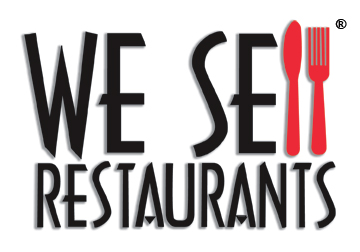
 404-800-6700
404-800-6700

